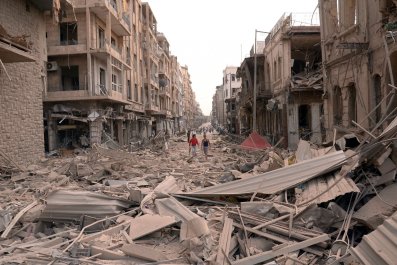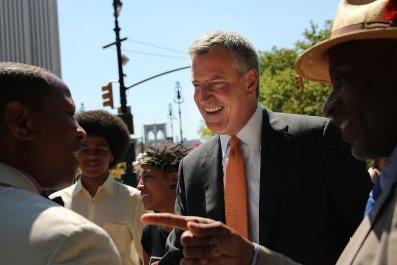Landscape architects used to be revered. The magical beauty of Versailles lies in the vistas created by André Le Nôtre in the 17th century; New York City draws its breath in the meadows and groves of Central Park, which were designed by Frederick Law Olmsted in the 19th century. But with the advent of skyscrapers and air-conditioned malls, landscape architects came to be treated as bit players in the drama of modern urbanism. They were brought in to design gardens, "to dress up the problem," or to put "parsley in the pig," says Chris Reed, a landscape architect and professor at Harvard. Now, however, the threat of climate change and rising sea levels is reviving public (and governmental) interest in huge landscape projects able to help protect cities from the wrath of the swollen ocean and increasingly severe storms. American city planners, when they've addressed the crisis at all, have tended to want to either "evacuate or build a bigger wall," says Reed. He and others are working to develop new approaches that combine wetlands and natural barriers alongside imaginative urbanization. As landscape ecologist Richard T.T. Forman puts it, "imagine the uneasy embrace of two giants, nature and the built world."
To Keep Our Cities Safe, We Need to Reimagine Their Landscapes
























